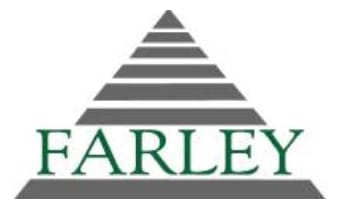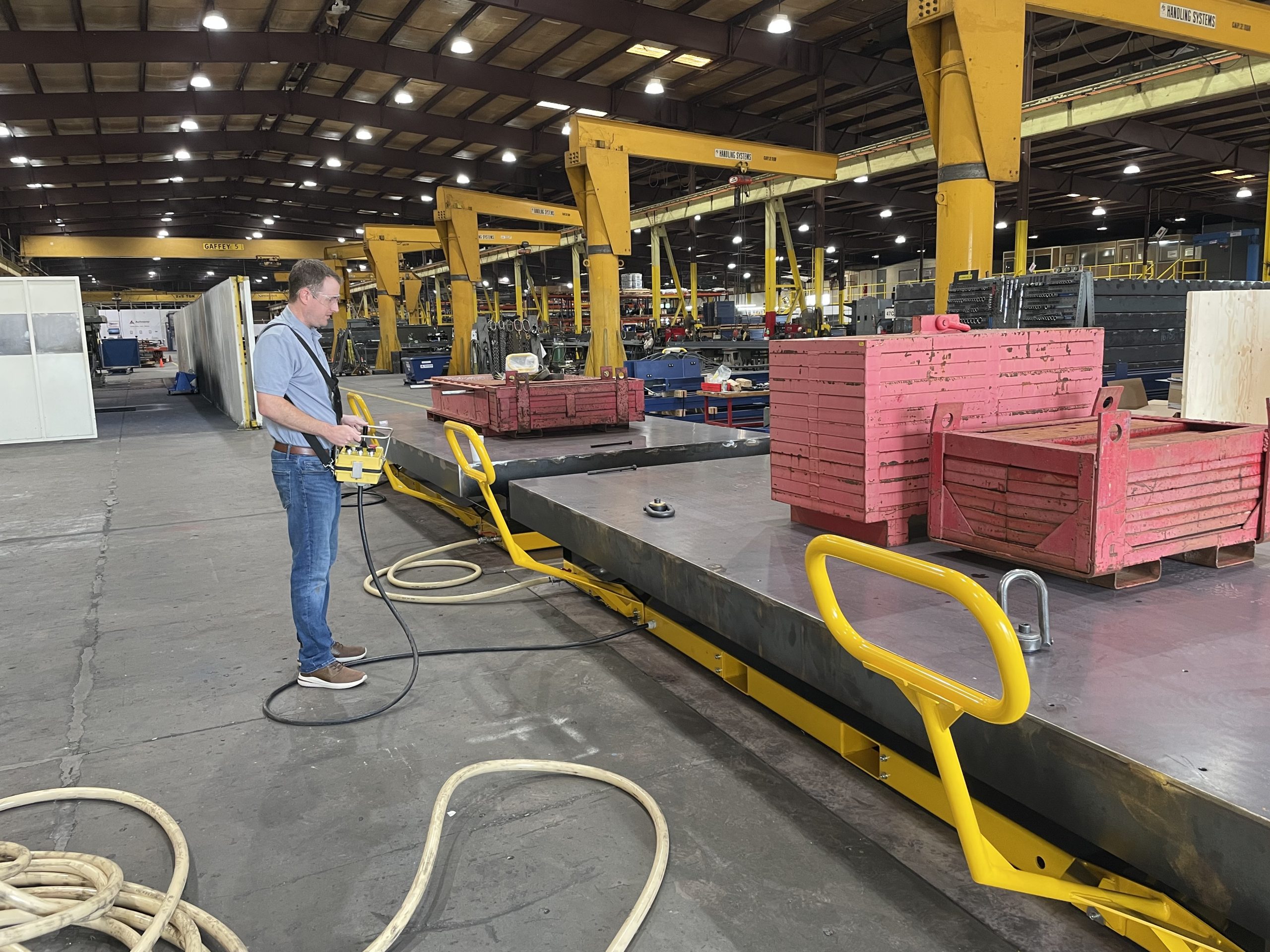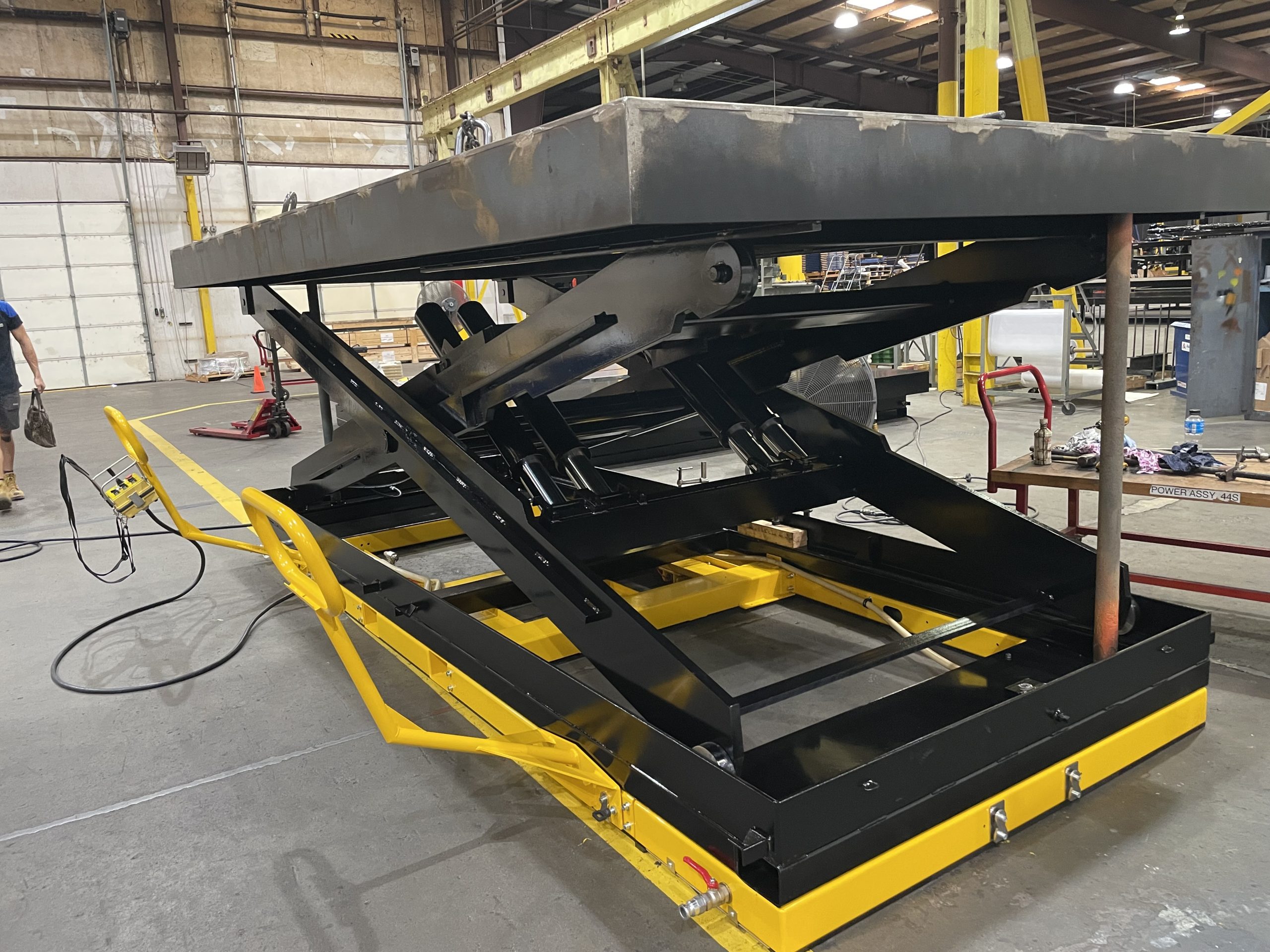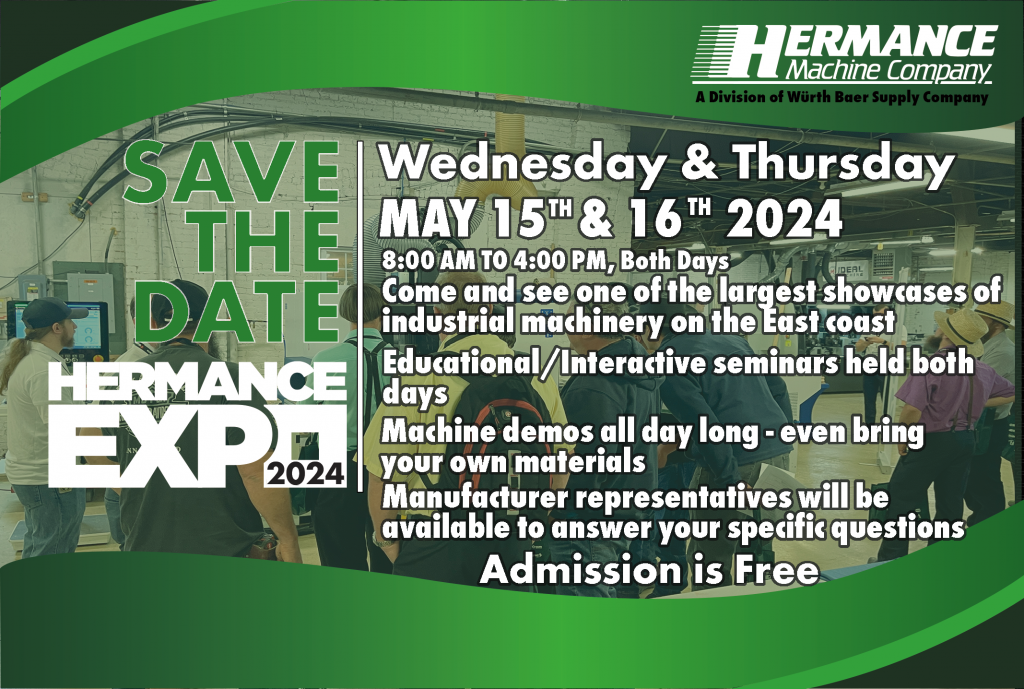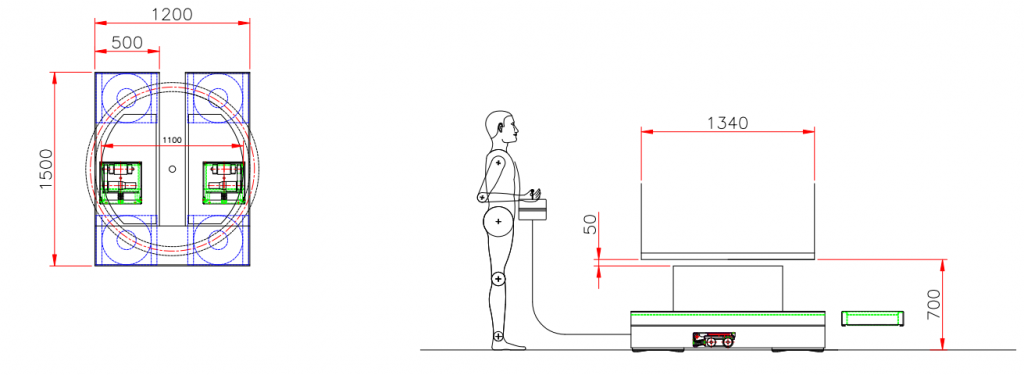
Eindhoven, Netherlands — Farley & Associates, Inc., a proud dealer for Aerofilm Systems, recently attended the company’s 40th-anniversary celebration held at their factory in Eindhoven. The event commemorated four decades of innovation and excellence in air-cushion transport solutions.
During the celebration, Farley & Associates was recognized as Aerofilm Systems’ top dealer in the world. This prestigious honor underscores the company’s dedication to providing cutting-edge solutions and exceptional service to its customers.
“We are incredibly proud to be recognized as the top dealer for Aerofilm Systems,” said Mark Farley of Farley & Associates. “This achievement reflects the hard work of our team and the strong partnership we’ve built with Aerofilm Systems over the years. We look forward to continuing to deliver their world-class products to our clients.”
Aerofilm Systems, a global leader in air-cushion technology, marked its milestone anniversary by reflecting on its rich history and commitment to quality. The event gathered international partners, employees, and customers to celebrate the company’s success and future innovations.
Farley & Associates, Inc. is honored to play a pivotal role in the distribution of Aerofilm Systems’ products, ensuring businesses worldwide benefit from efficient, safe, and innovative material-handling solutions.
